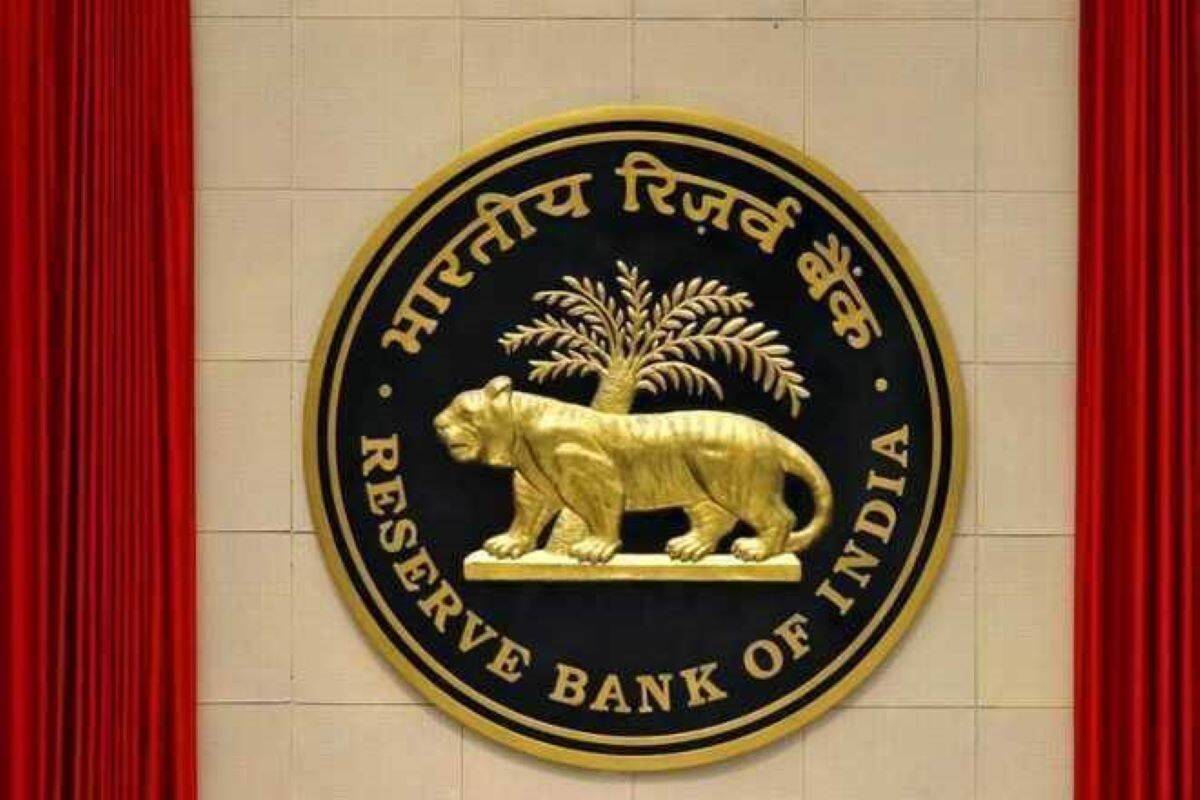 “Effectively, this has ensured a continued regulatory support to MSMEs, which form a major part of the loan portfolio of SFBs,” RBI said.
“Effectively, this has ensured a continued regulatory support to MSMEs, which form a major part of the loan portfolio of SFBs,” RBI said. Small finance banks (SFBs) have been able to keep non-performing assets (NPAs) under control through relatively better management of their portfolios, the Reserve Bank of India (RBI) said in a report released on Thursday. At the same time, the report pointed out that the expansion of SFB branches has been concentrated in the same areas as private banks.
“One of the creditable features associated with micro finance has been its lower loan defaults, which have been made possible by better management and supervision of the credit portfolio through the employment of social collateral of self-help groups. SFBs, many of which were erstwhile NBFC-MFIs, too have reported low NPA ratios,” the report said.
Furthermore, the dispersion in the NPA ratio among SFBs has also declined over time. In the near future, the NPA positions in SFBs, as in other banks, may be shaped by various regulatory interventions, including the moratorium and resolution framework, introduced to address Covid-related stress. In the case of micro, small and medium enterprises (MSMEs), the Covid-related resolution framework has been aligned with the MSME restructuring package announced earlier in January 2019.
“Effectively, this has ensured a continued regulatory support to MSMEs, which form a major part of the loan portfolio of SFBs,” RBI said.
While the deposit base of SFBs has been expanding, they still have a long distance to cover as compared to other banks in mobilisation of current and savings accounts (CASA). Despite a pick-up in the share of CASA in total deposits for SFBs, it stood at 15% in March 2020 as compared to 41% for other SCBs.
Also, the rapid growth in the branch network of SFBs has been markedly concentrated in the southern, western and northern regions, which are known as the relatively well-banked regions in the country. Their penetration in the north-eastern region, which is known to be the least banked region, remains low. At the state level, while SFBs are making their presence felt in some of the under-served states of Madhya Pradesh and Rajasthan, they continue to be concentrated in Tamil Nadu, Maharashtra, Karnataka, Kerala and Punjab – states with some of the lowest population per bank branch in the country.
Among these, the states from the southern region have had a high concentration of microfinance institutions (MFIs) since the time microfinance originated in India in the early 1990s. SFBs too, many of which are MFIs turned into banks, have largely followed this pattern of branch expansion. Furthermore, there appears to be some similarity in the branch spread of private sector banks and SFBs, with both showing a greater concentration in the relatively well-banked regions and states.
“Interestingly again, SFBs show a branch distribution pattern similar to Private Sector Banks (PVBs); semi-urban centres had the highest share of about 32% in total branches of PVBs with rural centres having a share of 21% in March 2020,” the report said.
This article is auto-generated by Algorithm Source: www.financialexpress.com


